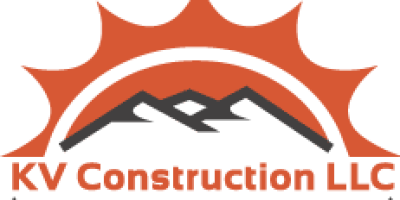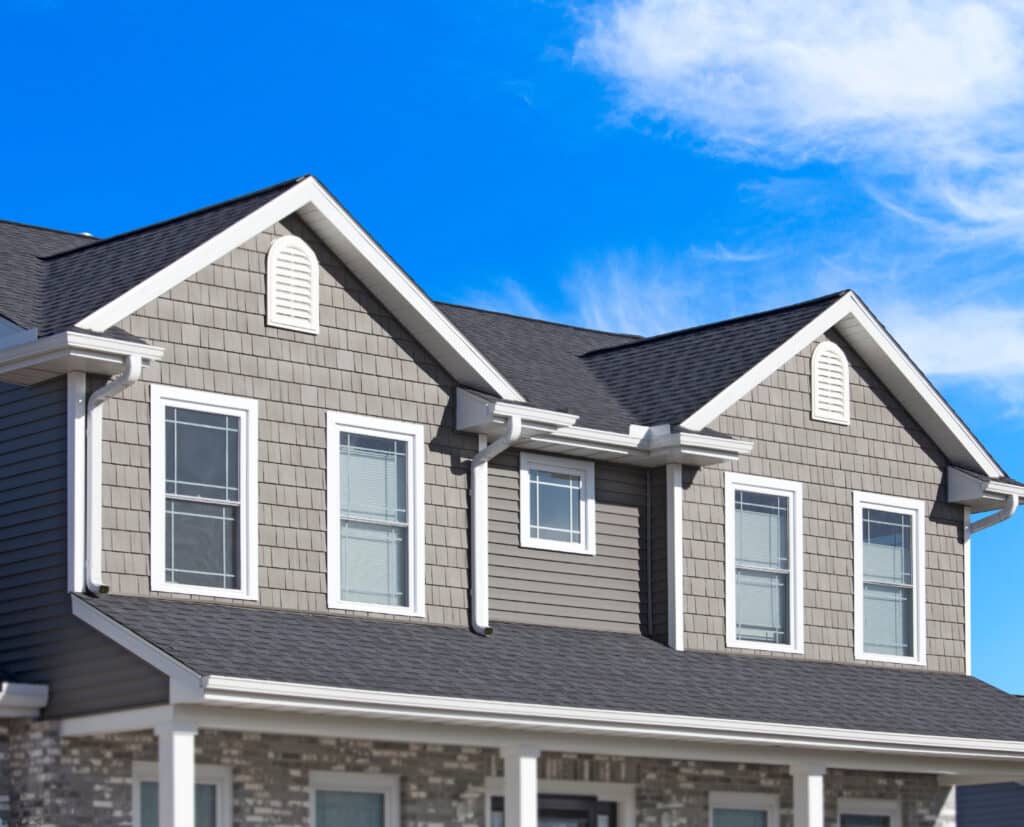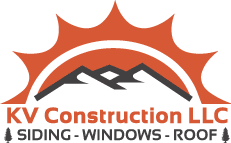When considering exterior renovations, selecting the right siding material is crucial. Composite siding stands out due to its durability, aesthetic flexibility, and the protection it offers to buildings. This comprehensive guide delves into the types of composite siding available, their cost implications, and their pros and cons, helping homeowners make informed decisions.
Types of Composite Siding
1. Fiber Cement Siding Fiber cement siding is crafted from a mix of cellulose fibers, cement, and sand, resulting in a robust material that withstands harsh environmental conditions. It is immune to fire and pests, yet it is heavier and more challenging to install, often requiring professional assistance. Its rigidity means it doesn’t retain heat, making it less ideal for extreme climates, and it can be costly to maintain.
2. Oriented Strand Board (OSB) OSB is an economical alternative, made from compressed layers of wood strands bonded with adhesives. While it mimics wood’s aesthetic at a lower cost, it is susceptible to moisture damage, swelling, and erosion, limiting its longevity.
3. Everlast Composite Siding Everlast offers the best attributes of both fiber cement and OSB without their drawbacks. It features a wood-like texture and comes in various colors, eliminating the need for frequent painting. Its thickness and interlocking design facilitate easy installation and ensure durability, resisting cracks and environmental damages.
Cost Considerations
The cost of composite siding varies depending on the material type and installation complexity. Fiber cement is generally more expensive due to its installation challenges and maintenance requirements. OSB offers a cost-effective solution but may incur higher long-term costs due to potential water damage and the need for replacement. Everlast, while initially more costly, provides value through minimal maintenance and longevity.
Pros of Composite Siding
- Aesthetic Appeal: Composite siding offers a wide range of colors and textures, enhancing home exteriors with its unique finish. Everlast siding, for example, features patented interlocking joints that conceal nails, offering a sleek, seamless appearance.
- Durability: Designed to withstand adverse weather conditions, composite siding resists mold, mildew, and insects, which contributes to its longevity and reduces maintenance frequency.
- Energy Efficiency: Certain types of composite siding reflect solar energy, reducing heat absorption and enhancing insulation. This energy efficiency helps maintain interior temperatures and reduces reliance on heating and cooling systems.
Installation and Maintenance
The installation of composite siding requires precision and, often, professional expertise, especially for heavier materials like fiber cement. Maintenance varies; some options like Everlast need minimal upkeep, while others may require periodic painting and repairs due to environmental exposure.
Conclusion
For homeowners looking to enhance their property’s exterior, composite siding offers a balance of beauty, durability, and cost-effectiveness. Each type has its specific benefits and challenges, but with proper selection and maintenance, composite siding can significantly boost a home’s curb appeal and overall value. KV construction LLC in Seattle, WA, specializes in providing high-quality siding services that cater to diverse architectural styles and homeowner preferences, ensuring your home not only looks its best but also stands the test of time.


